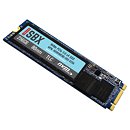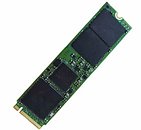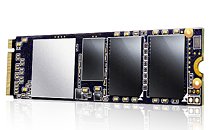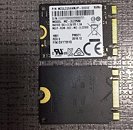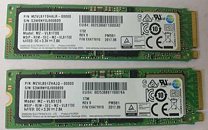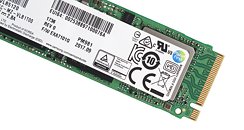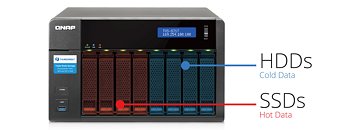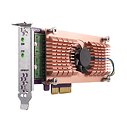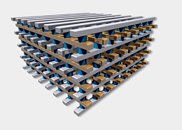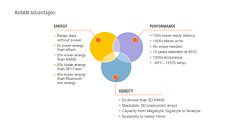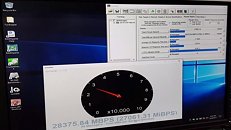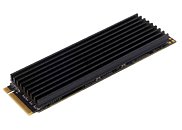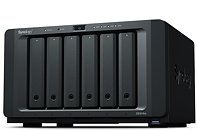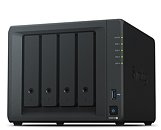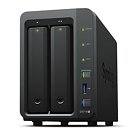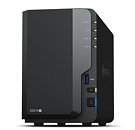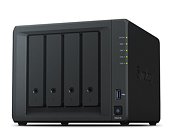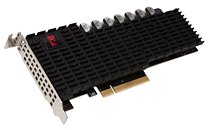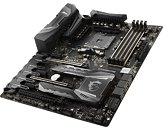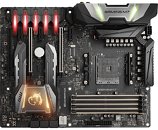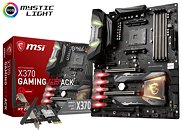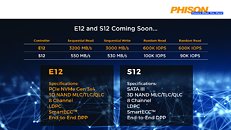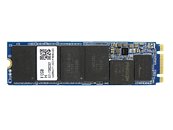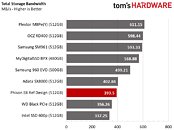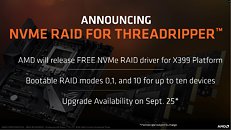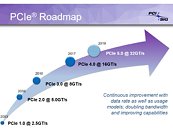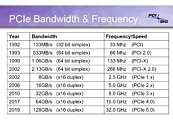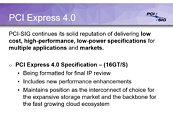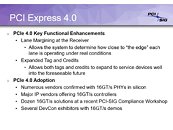LiteOn Intros EPX Series M.2 NVMe SSDs
LiteOn today introduced the EPX series enterprise-grade, high-performance SSDs in the M.2-22110 (110 mm long) form-factor, featuring PCI-Express 3.0 x4 interface, and taking advantage of the NVMe 1.2 protocol. The drive comes in 960 GB and 1920 GB capacities, and features an active power-loss protection mechanism. A bank of capacitors on the drive holds just enough charge for the drive to "park" by completing outstanding write operations, and turning off the drive, to mitigate data-loss.
The 960 GB variant offers sequential transfer rates of up to 1700 MB/s reads, with up to 670 MB/s writes; and random access throughput of up to 300,000 IOPS reads, with up to 30,000 IOPS writes. The 1920 GB variant, on the other hand, puts out sequential transfers of up to 1800 MB/s reads, with up to 800 MB/s writes, up to 330,000 IOPS random reads, and up to 30,000 IOPS random writes. Both drives are rated for 2 million hours MTBF, and 1 DWPD for 3 years. The drives are backed by 3-year warranties.
The 960 GB variant offers sequential transfer rates of up to 1700 MB/s reads, with up to 670 MB/s writes; and random access throughput of up to 300,000 IOPS reads, with up to 30,000 IOPS writes. The 1920 GB variant, on the other hand, puts out sequential transfers of up to 1800 MB/s reads, with up to 800 MB/s writes, up to 330,000 IOPS random reads, and up to 30,000 IOPS random writes. Both drives are rated for 2 million hours MTBF, and 1 DWPD for 3 years. The drives are backed by 3-year warranties.


